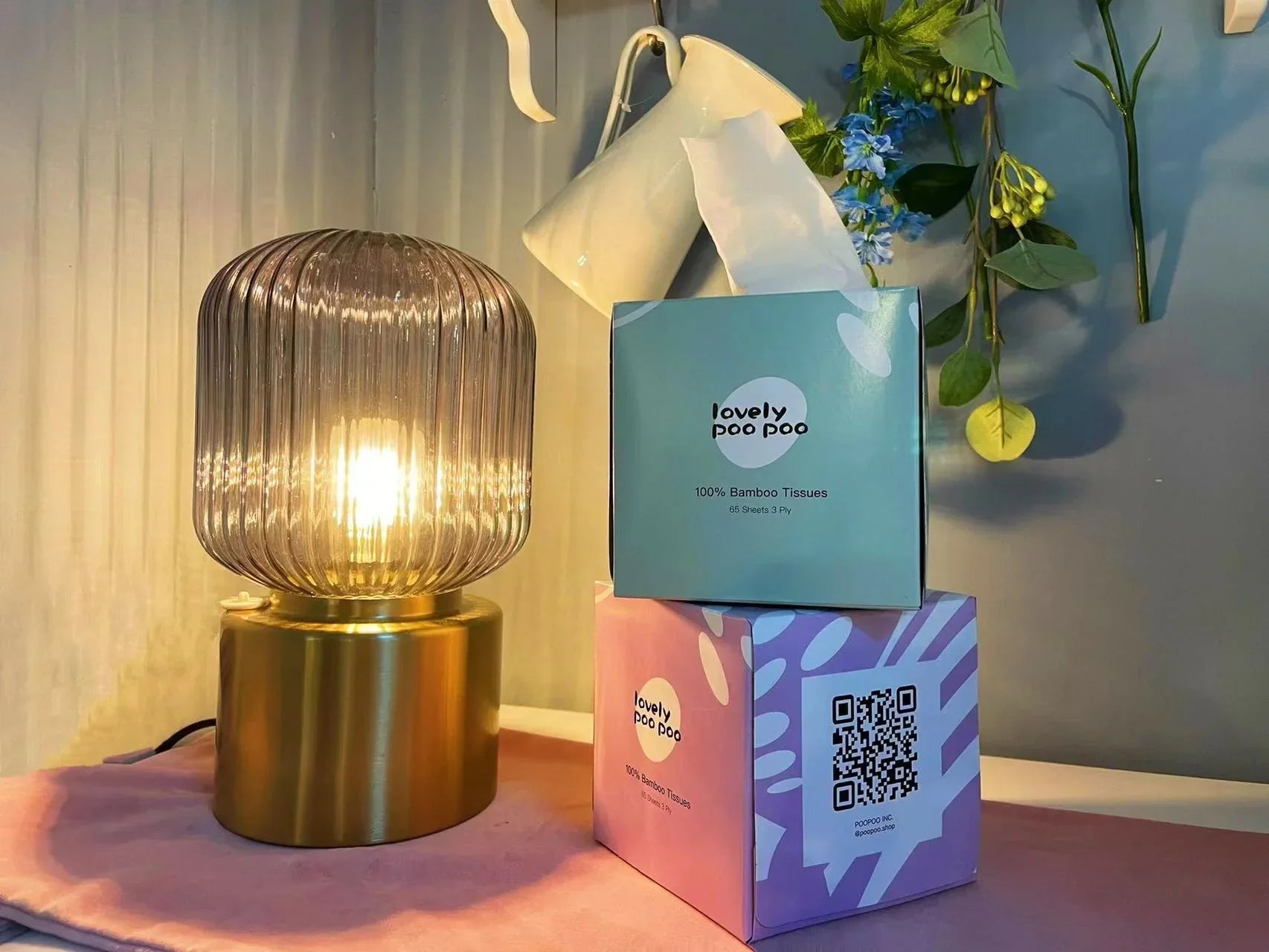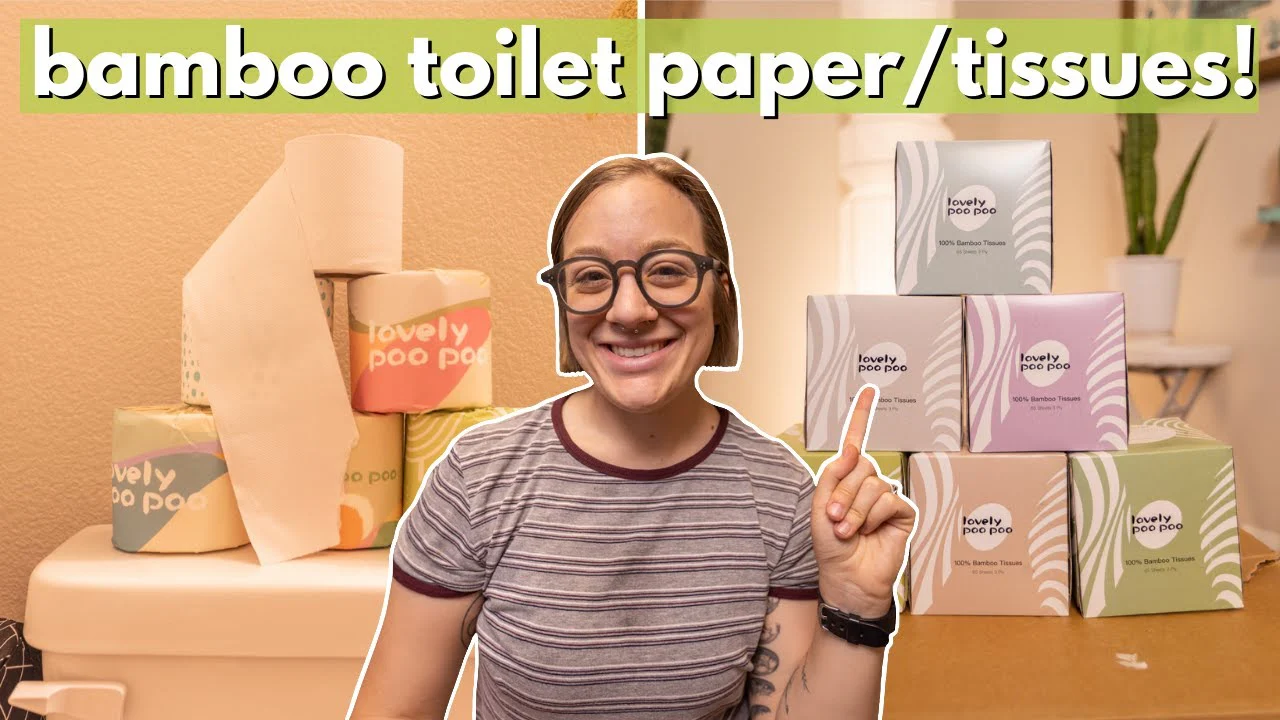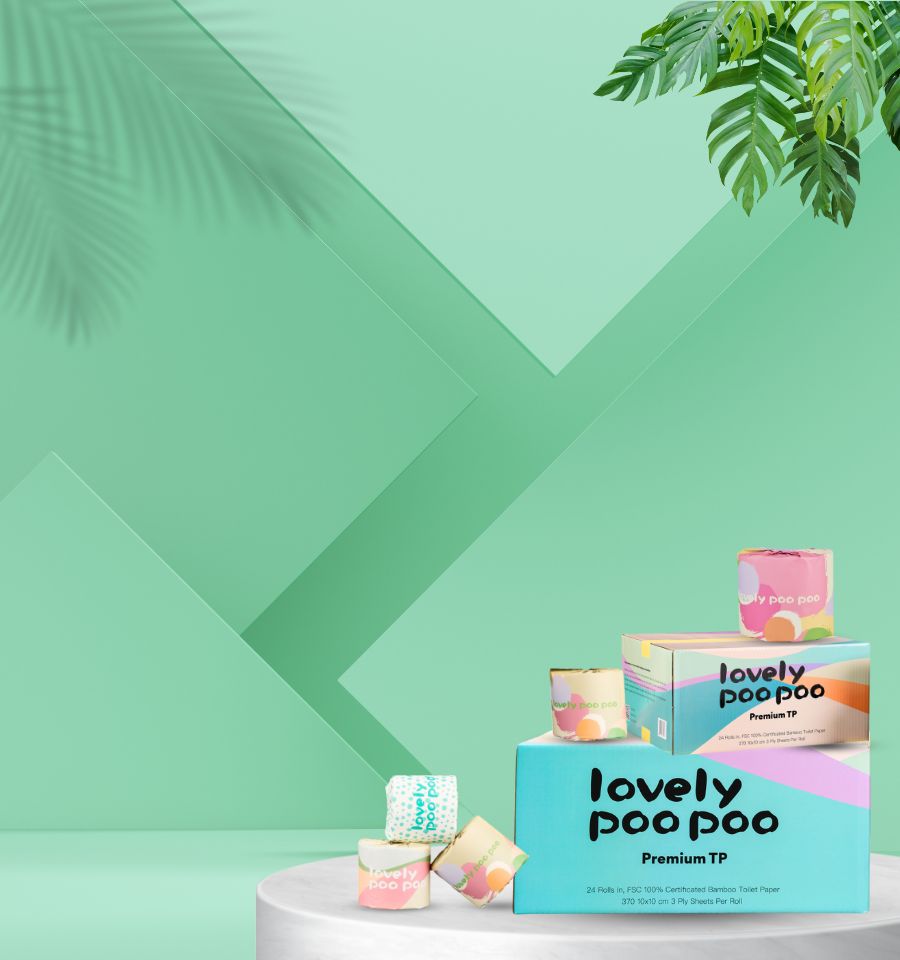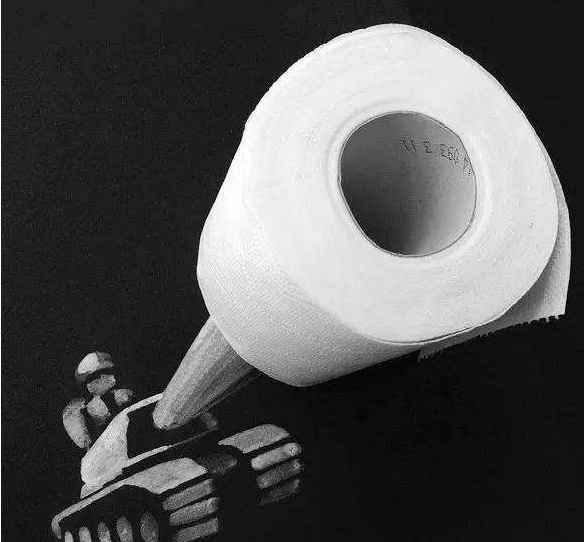Let’s face it—tissues and toilet paper are part of our everyday lives. But have you ever paused to consider their impact on your skin and the environment? If you’re someone who cares about what touches your body and the planet, this blog is for you. We’re going to explore why eco-friendly tissues for skin are a game-changer and how making a small switch—like opting for 24 rolls of toilet paper made from sustainable materials—can make a world of difference.
Whether you’re new to the idea of sustainable living or already committed, we’ll break it down in a friendly, easy-to-understand way. So, grab your favorite drink, settle in, and let’s talk about the benefits of eco-friendly tissues—for you and Mother Earth.
What Are Eco-Friendly Tissues?
Eco-friendly tissues are a sustainable alternative to traditional tissue products. Unlike conventional options, which often rely on cutting down trees, eco-friendly tissues are made from renewable resources like bamboo. These tissues are biodegradable, plastic-free, and designed with both your comfort and environmental health in mind.
Key Features of Eco-Friendly Tissues:
-
Sustainability: Made from fast-growing plants like bamboo instead of slow-growing trees.
-
Skin-Friendly: Free from harsh chemicals, fragrances, and dyes, making them perfect for sensitive skin.
-
Biodegradability: They break down naturally, reducing landfill waste.
Why Choose Eco-Friendly Tissues for Your Skin?
Our skin is our largest organ, and it deserves gentle care. Traditional tissues often contain chemicals like chlorine, which can irritate sensitive skin. Here’s where eco-friendly tissues shine:
-
Hypoallergenic and Safe: Made without harmful additives, they’re ideal for people with allergies or skin sensitivities.
-
Softness Without Compromise: Despite being eco-friendly, these tissues are luxuriously soft, providing comfort during every use.
-
Moisture Retention: Bamboo fibers naturally wick away moisture, preventing chafing and irritation.
Example: Imagine a family member with sensitive skin who constantly battles irritation from regular tissues. Switching to eco-friendly tissues for skin could alleviate their discomfort while also benefiting the environment.
Eco-Friendly Tissues: A Planet-Friendly Choice
Every time you reach for a tissue, you’re making a choice—not just for yourself but for the planet. Here’s why eco-friendly options stand out:
-
Saving Trees: Traditional tissue production contributes to deforestation. Bamboo, the hero of eco-friendly tissues, grows quickly and regenerates without replanting.
-
Energy Efficiency: Producing bamboo tissues uses less water and energy compared to tree-based products.
-
Waste Reduction: These tissues are compostable and packaged in recyclable materials, leaving minimal environmental impact.
Making the Switch: Why 24 Rolls of Toilet Paper Matter
One of the easiest ways to embrace sustainability is by stocking up on 24 rolls of toilet paper made from bamboo. Why 24 rolls? Let’s break it down:
-
Convenience and Cost-Effectiveness: Bulk buying reduces frequent trips to the store and often saves money.
-
Long-Lasting Supply: A 24-roll pack ensures you’re always prepared, especially for busy households.
-
Environmental Impact: By choosing bamboo-based rolls, you’re directly reducing deforestation and contributing to a cleaner planet.
Practical Advice for Buying Eco-Friendly Tissues
Not sure where to start? Here are some tips to make your eco-friendly tissue shopping easier:
-
Check the Material: Look for labels indicating bamboo or recycled paper.
-
Certifications Matter: Seek products with eco-certifications like FSC (Forest Stewardship Council).
-
Trial and Error: Buy smaller packs first to test the product’s softness and durability.
Personal Anecdote: My Journey to Sustainable Tissues
A few years ago, I noticed that my skin often felt irritated after using regular tissues. At first, I thought it was just dry weather, but then I learned about the chemicals in conventional tissue products. I decided to try eco-friendly tissues, starting with bamboo-based options. Not only did my skin feel better, but I also felt good knowing I was making a positive impact on the planet. Today, I swear by my subscription to 24 rolls of toilet paper—it’s convenient, eco-friendly, and perfect for my family’s needs.
Busting Myths About Eco-Friendly Tissues
There’s a misconception that eco-friendly products are expensive or less effective. Let’s tackle these myths:
-
Cost: While initial costs might seem higher, buying in bulk (like 24 rolls of toilet paper) often proves more economical in the long run.
-
Durability: Modern eco-friendly tissues are designed to be as strong and absorbent as traditional options.
-
Softness: Many people worry eco-friendly tissues won’t be soft, but bamboo-based options are exceptionally smooth.
The Bigger Picture: Why Every Roll Counts
Switching to eco-friendly tissues might seem like a small step, but it has a significant ripple effect. Consider this: If every household replaced one pack of regular tissues with an eco-friendly alternative, millions of trees could be saved annually.
Did You Know?
-
Bamboo can grow up to three feet in 24 hours, making it one of the most renewable resources on Earth.
-
Switching to eco-friendly tissues reduces water pollution caused by traditional bleaching processes.
How to Incorporate Eco-Friendly Practices Beyond Tissues
Adopting eco-friendly tissues is a great start, but why stop there? Here are some additional tips:
-
Reusable Alternatives: Use cloth napkins or handkerchiefs when possible.
-
Eco-Friendly Cleaning Supplies: Opt for biodegradable or refillable products.
-
Mindful Consumption: Support brands that prioritize sustainability and transparency.
Final Thoughts: Small Choices, Big Impact
Choosing eco-friendly tissues for skin or opting for 24 rolls of toilet paper made from bamboo might seem like a small step, but it’s one that benefits both you and the planet. From softer skin to a greener Earth, the advantages are endless.
So, why not make the switch today? Your skin will thank you, and so will future generations. Let’s create a world where sustainability isn’t just a choice—it’s a way of life.







